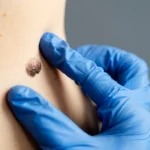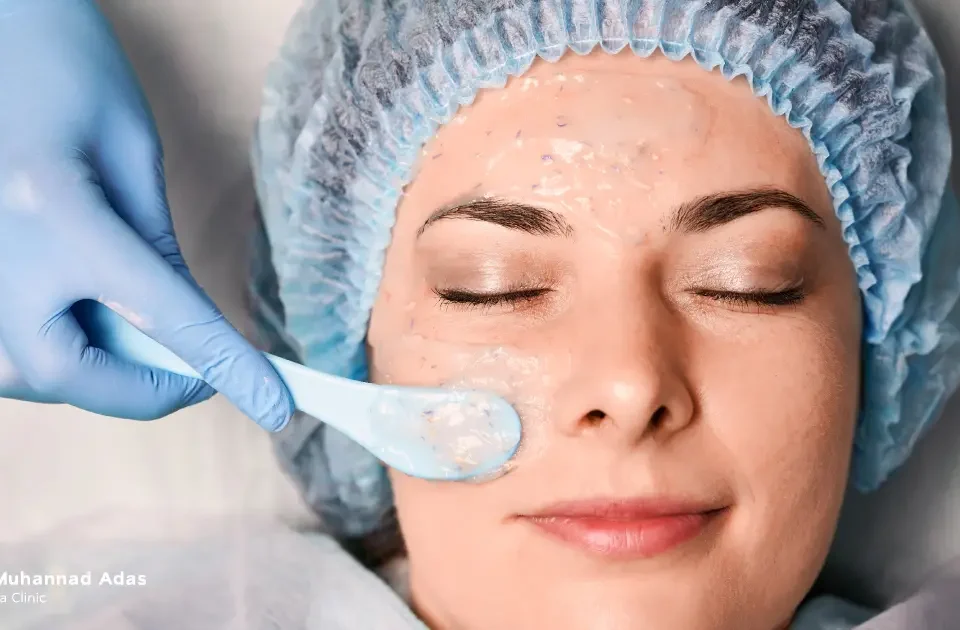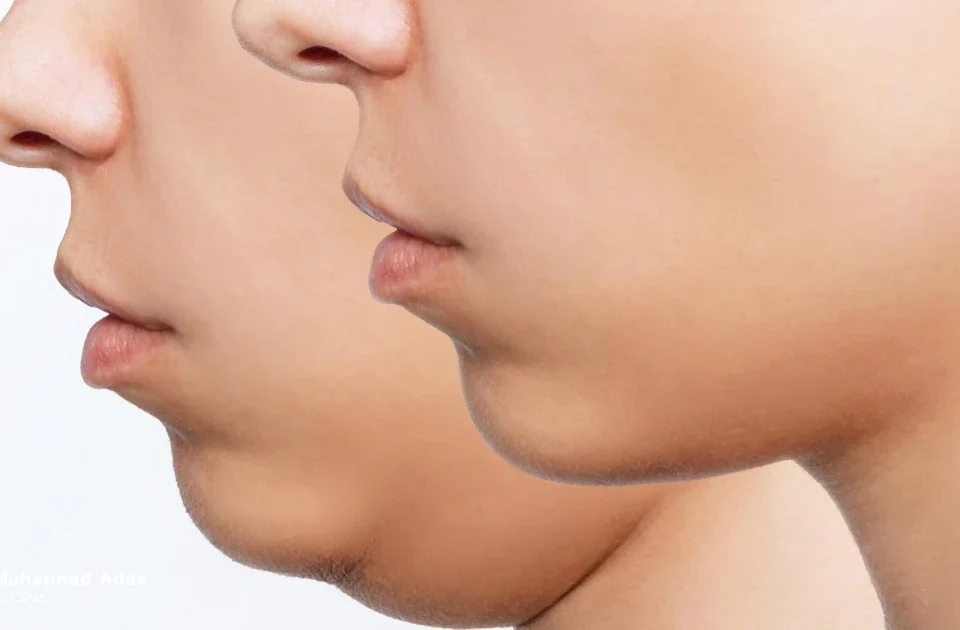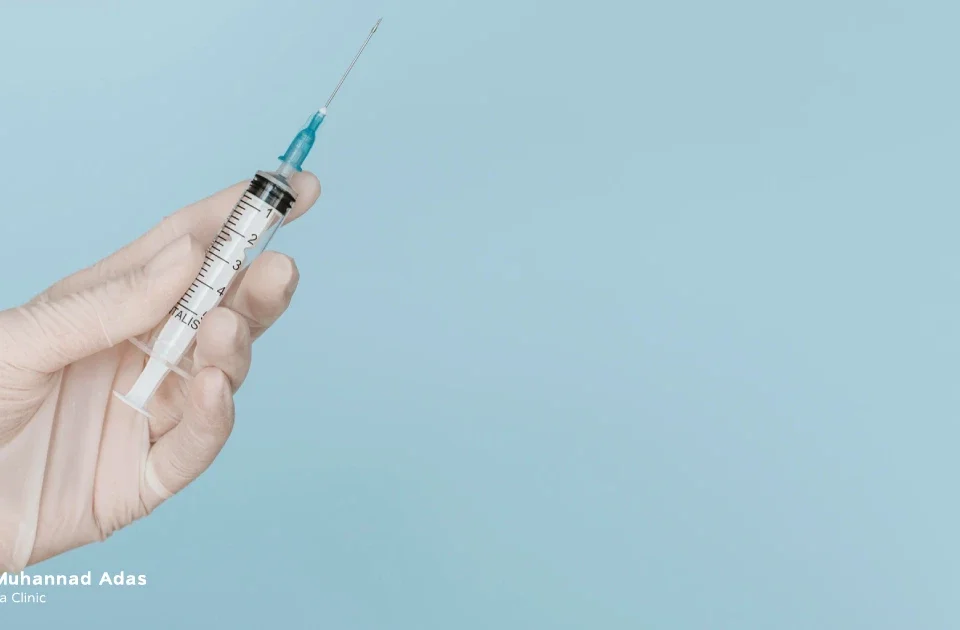Table of Contents
Many individuals experience concerns regarding their weight, such as areas containing excess fat more than others or women that gave birth and breastfeed their children finding difficulty adjusting to postpartum body changes. These individuals often resort to diet, exercise,weight loss supplements and various other procedures. They may avoid surgical procedures due to the associated risks, complications, and surely they cost more compared to other procedures.
Therefore, the problem may persist, causing them a lot of discomfort and other health problems. But what about some of the techniques that have become available in clinics and hospitals which have lower costs and minimal side effects, and contribute significantly to achieving remarkable results? Some of these techniques have been developed over time to become the most famous procedures in the cosmetics field, and here comes the mention of non-surgical body contouring, which we will discuss its types below…
Non-surgical body contouring
Non-surgical body contouring techniques are still associated with weight loss and slimming, but this is not true. They don’t reduce the size of areas but rather tighten them,so you might have the same weight after the procedure, but your measurements and body shape will be significantly different.
Some might believe that following a healthy diet and exercising is the only solution to lose weight, which in many cases is true. However, many might struggle with stubborn fat accumulation in certain areas, or find it difficult to lose weight easily. Therefore, non-surgical body contouring techniques have been developed. These techniques treat many areas in women, such as the abdomen, waist, hips and others as well as in men, with the most common being gynecomastia (male breast enlargement) or the desire to reveal abdominal muscles (abs).
Therefore, the world of cosmetics is still buzzing with the latest non-surgical body contouring techniques and its various types that depend on the nature of the case and doctor’s consultation, which will be mentioned later.
Firstly, What are the requirements for non-surgical body contouring?
- You shouldn’t have anemia.
- You should not have blood clotting or bleeding disorders.
- If you have any chronic illnesses, they should be well-managed and under the doctor’s supervision.
- The individual should not be morbidly obese.
- The individual should not have severe cellulite or excessive skin sagging.
How to reduce the incidence of complications?
Complications can be minimized, but not entirely eliminated, by carefully considering the following factors:
- The right candidate should meet the previous requirements.
- Appropriate age, patients should be 18-21 or older.
- Experienced & specialized doctor.
Why will morbidly obese individuals not benefit from non-surgical body contouring?
Many individuals suffering from morbid obesity and excessive sagging skin experience widespread fat and sagging throughout their bodies. These could be removed through liposuction or other methods that can lead to sagging skin and unsatisfactory results for the patient. Additionally, these procedures may have side effects, requiring medical consultation. Non-surgical body contouring techniques, however, are designed to sculpt specific areas of the body and are not suitable for treating morbid obesity. There is also a limit to the amount of fat that can be safely removed by the doctor in a single non-surgical procedure. Therefore, surgical procedures are often the most suitable solution for these individuals.
The most important question, will body contouring get rid of stretch marks?
Non-surgical body contouring cannot treat stretch marks, it is even possible that they may become more noticeable after fat removal. It is crucial for patients to have a consultation with their doctor to understand what the procedure will offer and what it doesn’t. In addition, it is important to make the patient aware of the potential for stretch marks to become more visible after the treatment, especially in areas where they are already present.
Is the contouring procedure painful?
While body responses may vary, most individuals undergoing non-surgical body contouring procedures do not experience discomfort or pain. A sensation of tightness is generally felt during the treatment. In many cases, the procedure does not require the use of topical anesthetics or post-treatment pain medication.
Are you confused about the difference between body contouring and liposuction?
This is the most frequently asked question regarding this procedure. The difference is the technique, liposuction is used to remove large amounts of fat, while body contouring is used to target and eliminate smaller, localized fat.
Types of non-surgical body contouring
Laser Liposuction
This is one of the most common types of non-surgical body contouring in the Arab world. It is a simple procedure to tighten sagging skin and get rid of fat. It works by using laser liposuction to penetrate fat cells. The device includes a suction cup that is placed over the treatment area. It is commonly used on the arms, waist, chin, and thighs.
This technique works by making a small incision in the skin, through which a concentrated laser is inserted to melt the fat. The doctor will then insert a small tube, called a cannula, into the same area to suction out the melted fat under the skin then the incisions are then closed and covered. The laser body contouring session typically lasts about an hour. Results are often immediate, with minimal risk of complications and a short recovery period.
Ultrasound-assisted body sculpting
The procedure involves ultrasound technology where a mechanical vibration device is placed over the target fat area, usually the abdomen. In this technique, the device emits focused ultrasound waves that penetrate and break down the targeted fat cells while leaving surrounding tissues unharmed.
This technique does not require the use of needles or a recovery time and achieves effective results. The results vary depending on factors such as the age, diet and daily activities. To get the maximum benefit, it is recommended to maintain a healthy & active lifestyle.
Vaser body sculpting
This procedure has gained significant popularity due to its minimally invasive and precise nature compared to traditional liposuction. It uses ultrasound technology to melt (liquefy) fat, making it easier to remove and resulting in a more sculpted appearance. Vaser liposuction is considered more precise than traditional liposuction methods, as the ultrasound waves vibrate at a specific frequency to disrupt fat cell membranes without damaging surrounding nerves or tissues. Vaser is also one of the most controlled and gentle procedures, typically resulting in a weight loss of approximately 15 pounds or 7 kilograms.
This procedure is particularly suitable for individuals aiming to eliminate localized fat and enhance muscle definition. It is crucial for anyone seeking this procedure to have it performed in a well-equipped clinic or hospital, as the duration can range from 6 to 7 hours, depending on the amount of fat removed.
Radio Frequency – RF body sculpting
Radiofrequency body contouring uses radio waves to heat deep layers of skin and fat cells. This heat causes the existing fat cells to break down, shrink, and be naturally eliminated. Additionally, it stimulates collagen production for firmer and thicker skin.
During this procedure, doctors use an electromagnetic device to generate heat, stimulating the production of collagen, elastin, and new skin cells. This treatment is considered comfortable and safe.
This procedure requires no downtime which allows patients to resume their normal activities immediately after the treatment. The technique targets stubborn fat deposits, such as those in the abdomen or thighs.
CoolSculpting
This procedure employs a cooling technique to destroy fat cells, which are then naturally eliminated by the body through the liver. It typically takes 1-4 months to see full results. Each fat freezing session usually lasts about an hour. This relatively new technique was approved by the U.S. Food and Drug Administration in 2012.
After each session, patients can expect to lose approximately 25% of the fat in the treated area. Bruising, redness, numbness, and minor swelling may occur.
Sculpting with noble gasses
This is the most recent technique in non-surgical body sculpting, it is called “noble gasses” because it is safe and has been previously used in Laparoscopic operations. The most used gasses are helium and argon as the work on melting fat and tightening the skin.
Tips for individuals considering body contouring procedures:
Before undergoing a non-surgical body contouring procedure, it’s essential to follow certain guidelines to enhance results and minimize complications,including:
- Quit smoking before the procedure for better results.
- Choose a specialized and experienced doctor in this field.
- Do thorough research on the procedure, follow your doctor’s instructions, and seek advice from others who have undergone a similar experience, if possible.
- Pay attention to your diet.
- Stay hydrated by drinking plenty of water.
- Avoid excessive sun exposure, as sunburned or irritated skin can lead to unwanted complications.
What about after the session?
If you follow these instructions after the non-surgical body contouring session, you will experience effective results:
- Keep a healthy diet.
- Exercise regularly.
- Massage the treated area gently in a circular manner constantly.
- Wear compression garments (shapewear) to help reduce swelling.
- Get enough rest.
Pros & cons of non-surgical body contouring
Pros
- A non invasive & non surgical procedure, it is very safe and does not require a recovery period. There is no risk of anesthesia or infection.
- Body contouring and fat removal.
- Muscle definition.
- Treatment of cellulite and mild to moderate sagging.
- Skin tightening and improvement.
- Boosting self-confidence.
Cons
- It is not suitable for fat removal in large areas or large amounts of fat in the body.
- It may require more than one session to achieve better results.
- It is not a method of weight loss but rather fat loss.
Non-surgical body contouring procedures have evolved into various types with different purposes, and continue to gain widespread popularity and technological advancements. Based on our previous explanation, have you started to identify the most suitable type for your specific condition? Or have you gained an understanding of the differences between body contouring and liposuction, for instance? The selection of the most appropriate method depends on a consultation with a specialized doctor and the nature of your case. Is your condition suitable for a surgical or non-surgical intervention?
If you have any inquires, contact us using this number,
Or visit our website: dradas.com






